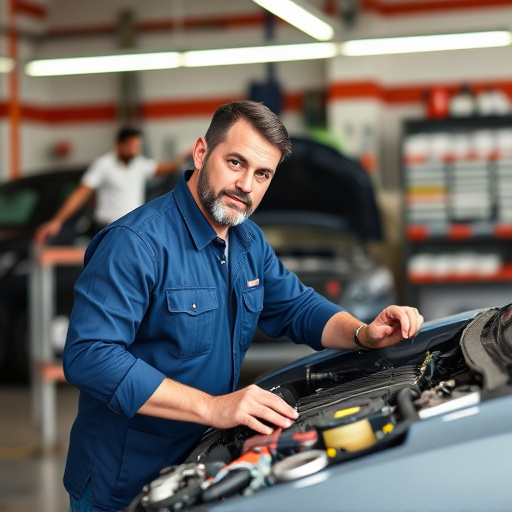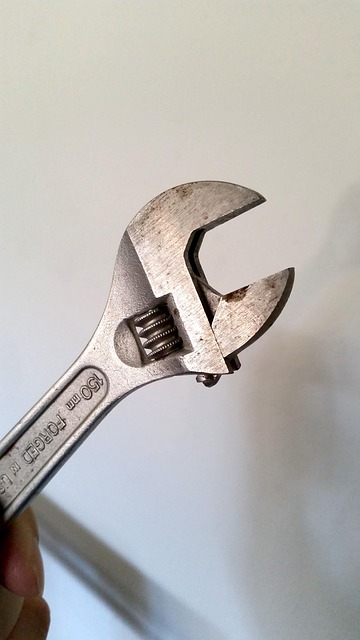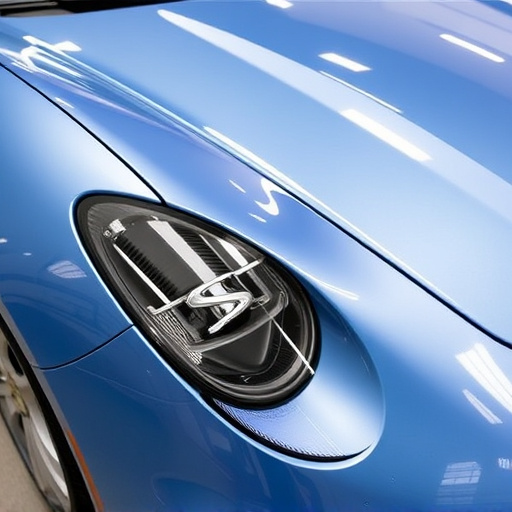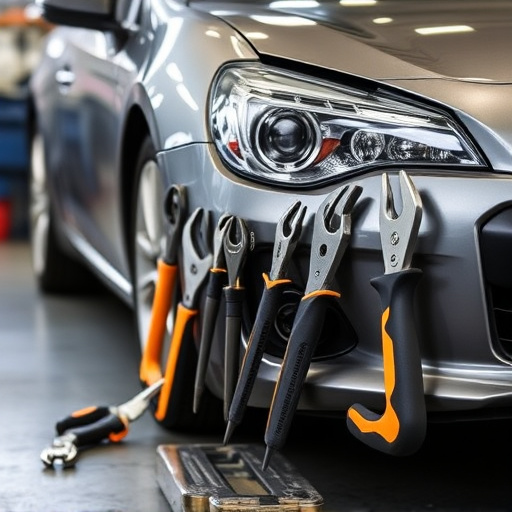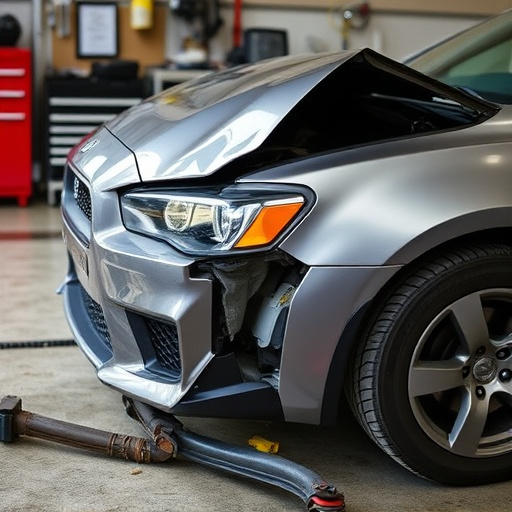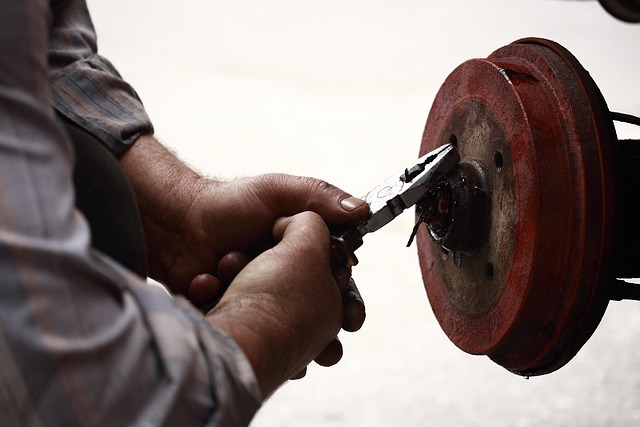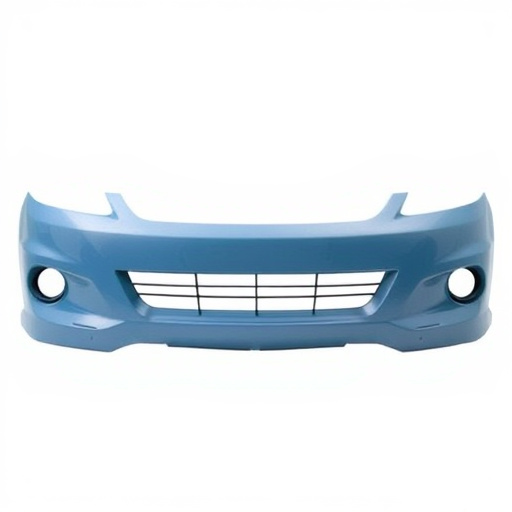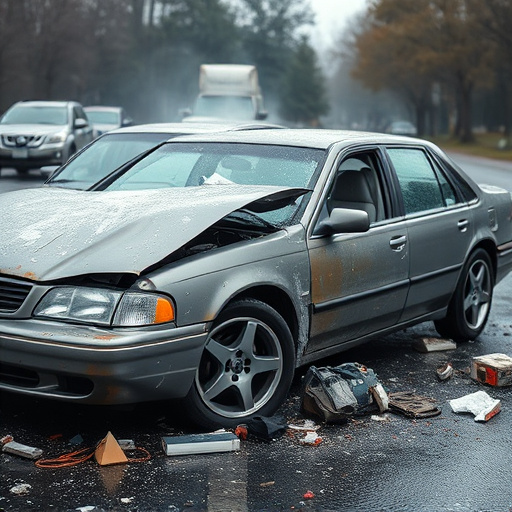Panel alignment procedures, a critical aspect of auto body repair, ensure structural integrity and aesthetic appeal through precise realigning of damaged panels using advanced tools and techniques. Efficient after-hours service coordination, powered by robust communication, digital technology, and streamlined workflows, enhances response times and customer satisfaction in collision repair shops. Best practices for managing these procedures include strategic planning, skilled technicians, regular training, state-of-the-art equipment, and continuous improvement to avoid pitfalls and maintain high standards, ultimately boosting customer satisfaction and shop reputation.
In today’s digital age, efficient panel alignment procedures are paramount for seamless operational continuity. This comprehensive guide delves into the intricacies of panel alignment processes, offering a detailed understanding essential for maintenance managers. We explore effective coordination of after-hours repair services to minimize downtime. Furthermore, best practices and common pitfalls are illuminated, providing valuable insights for optimizing panel alignment and repairs. Mastering these procedures ensures uninterrupted operations and enhances overall system reliability.
- Understanding Panel Alignment Procedures: A Comprehensive Guide
- Efficient After-Hours Repair Service Coordination for Uninterrupted Operations
- Best Practices and Common Pitfalls in Managing Panel Alignment and Repairs
Understanding Panel Alignment Procedures: A Comprehensive Guide
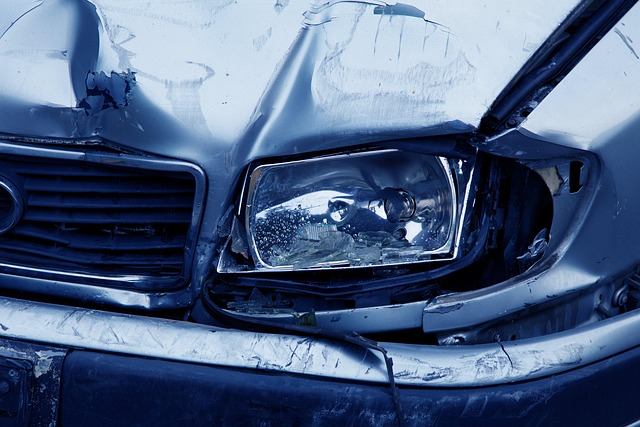
Panel alignment procedures are a critical component of vehicle repair, particularly in auto body repair and collision repair services. It involves accurately realigning and restoring damaged or misaligned panels to their original factory specifications. This meticulous process ensures that vehicles not only look their best but also maintain structural integrity and safety standards.
A comprehensive guide to panel alignment procedures starts with thorough inspection of the damaged area. Skilled technicians use specialized tools and equipment, such as laser measurement devices, to accurately assess the degree of misalignment. Once the damage is identified, the next step involves removing any debris or remnants from the panel surfaces. This prepares the area for precise alignment, which is typically achieved through a combination of pressing, bending, and welding techniques. After alignment, a final inspection ensures that all panels are properly restored, meeting exacting industry standards and customer expectations in both aesthetic appeal and structural soundness.
Efficient After-Hours Repair Service Coordination for Uninterrupted Operations
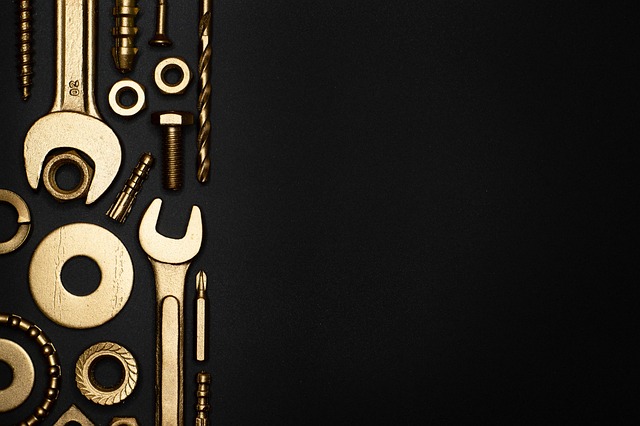
Efficient After-Hours Repair Service Coordination for Uninterrupted Operations
In the realm of panel alignment procedures, seamless coordination with after-hours repair service providers is paramount to ensure uninterrupted operations at collision repair shops and vehicle repair services. This involves establishing robust communication channels that facilitate quick response times, minimizing downtime for both businesses and their customers. By integrating advanced technology, such as digital scheduling tools and real-time tracking systems, repair shops can efficiently manage workflows during off-peak hours.
Such coordination ensures that parts are readily available, labor costs are optimized, and repairs are completed promptly. This not only enhances customer satisfaction but also fosters a positive reputation for the car restoration services provided by these shops. Efficient after-hours service coordination is, therefore, a game changer in maintaining smooth operations within collision repair industries.
Best Practices and Common Pitfalls in Managing Panel Alignment and Repairs

In managing panel alignment procedures and after-hours repair services, best practices involve meticulous planning, skilled technicians, and clear communication. Regular training sessions for staff on the latest alignment techniques and tools are essential to ensure precision and efficiency. Utilizing state-of-the-art equipment can significantly enhance accuracy in panel alignment, leading to superior vehicle aesthetics and increased customer satisfaction. Prompt response times during after-hours emergencies, achieved through a well-oiled coordination system, can mitigate significant damage and save costs associated with extended repairs.
Common pitfalls to avoid include lack of proper training, using outdated equipment, and inadequate communication protocols. For instance, attempting panel alignment without specialized tools can result in misaligned panels, compromising vehicle safety and resale value. Similarly, poor after-hours coordination may lead to longer wait times, higher labor costs, and dissatisfied customers. Regularly reviewing and updating alignment procedures, investing in quality tools, and implementing robust communication systems are key to avoiding these traps and maintaining high standards in car collision repair and bumper repair services, as well as ensuring optimal auto maintenance.
In summary, understanding and implementing efficient panel alignment procedures is key to ensuring uninterrupted operations. By adopting best practices and avoiding common pitfalls, organizations can streamline their repair service coordination, resulting in minimal downtime and enhanced productivity. Efficient management of panel alignment and repairs not only ensures the smooth functioning of systems but also fosters a resilient and responsive operational landscape.
